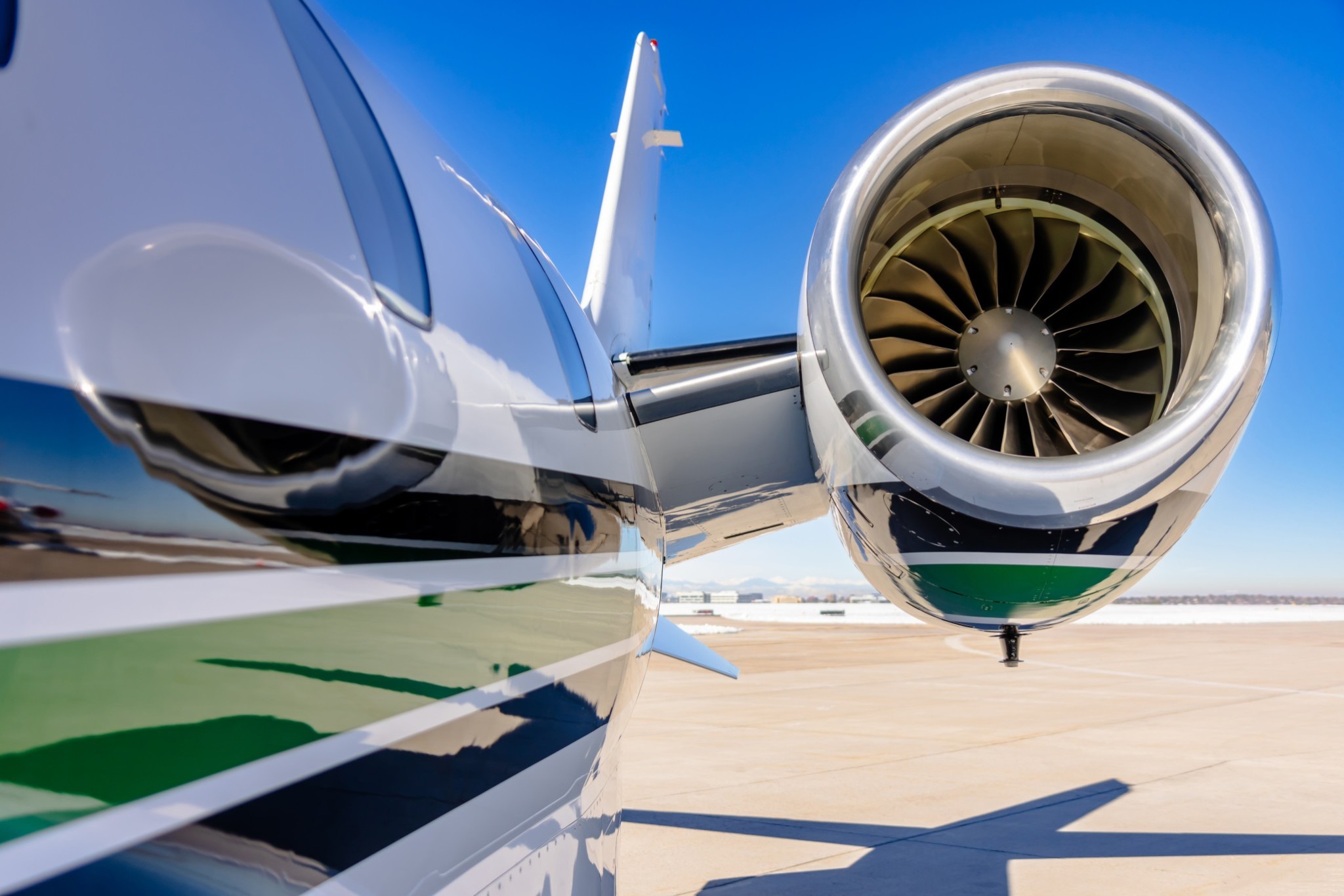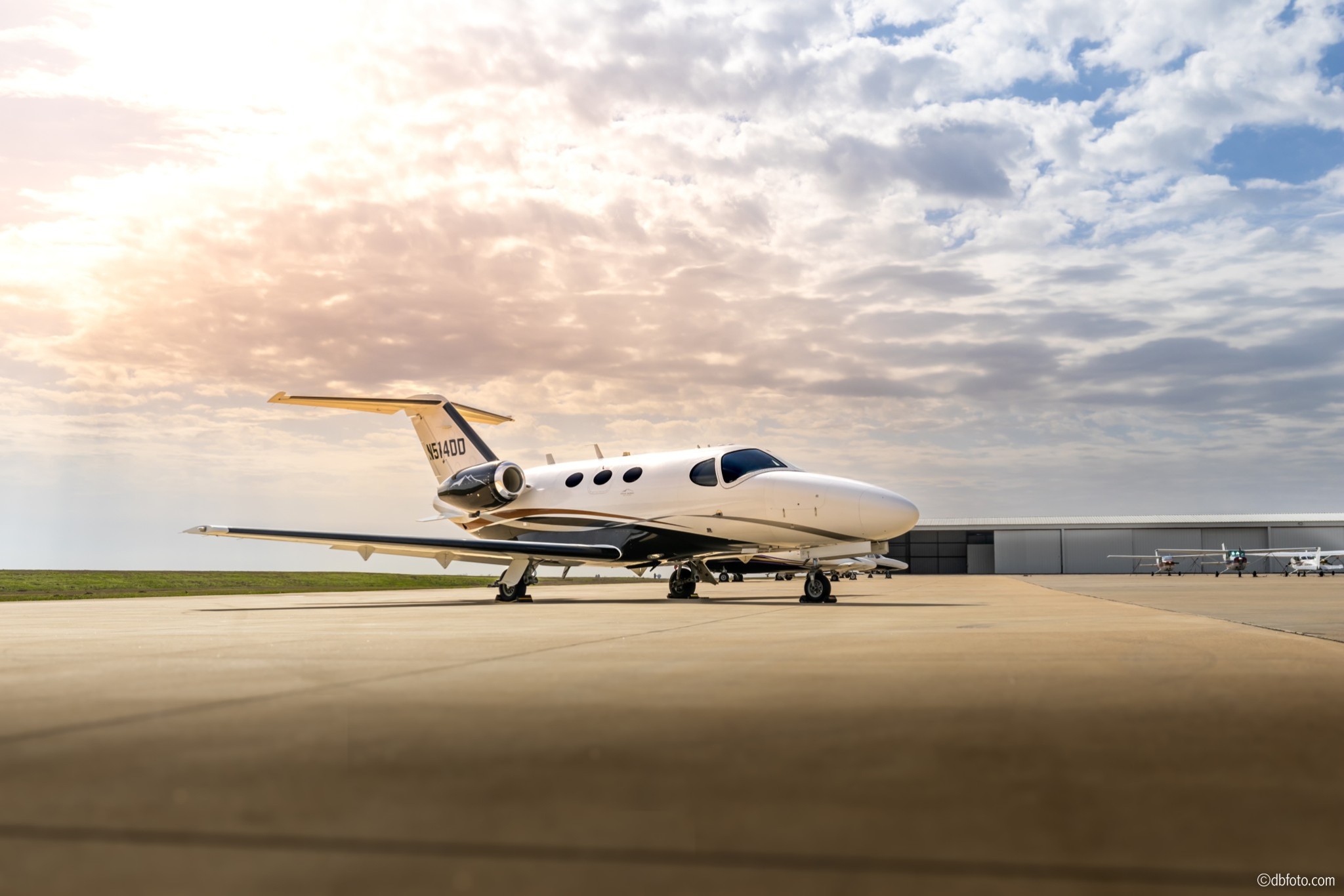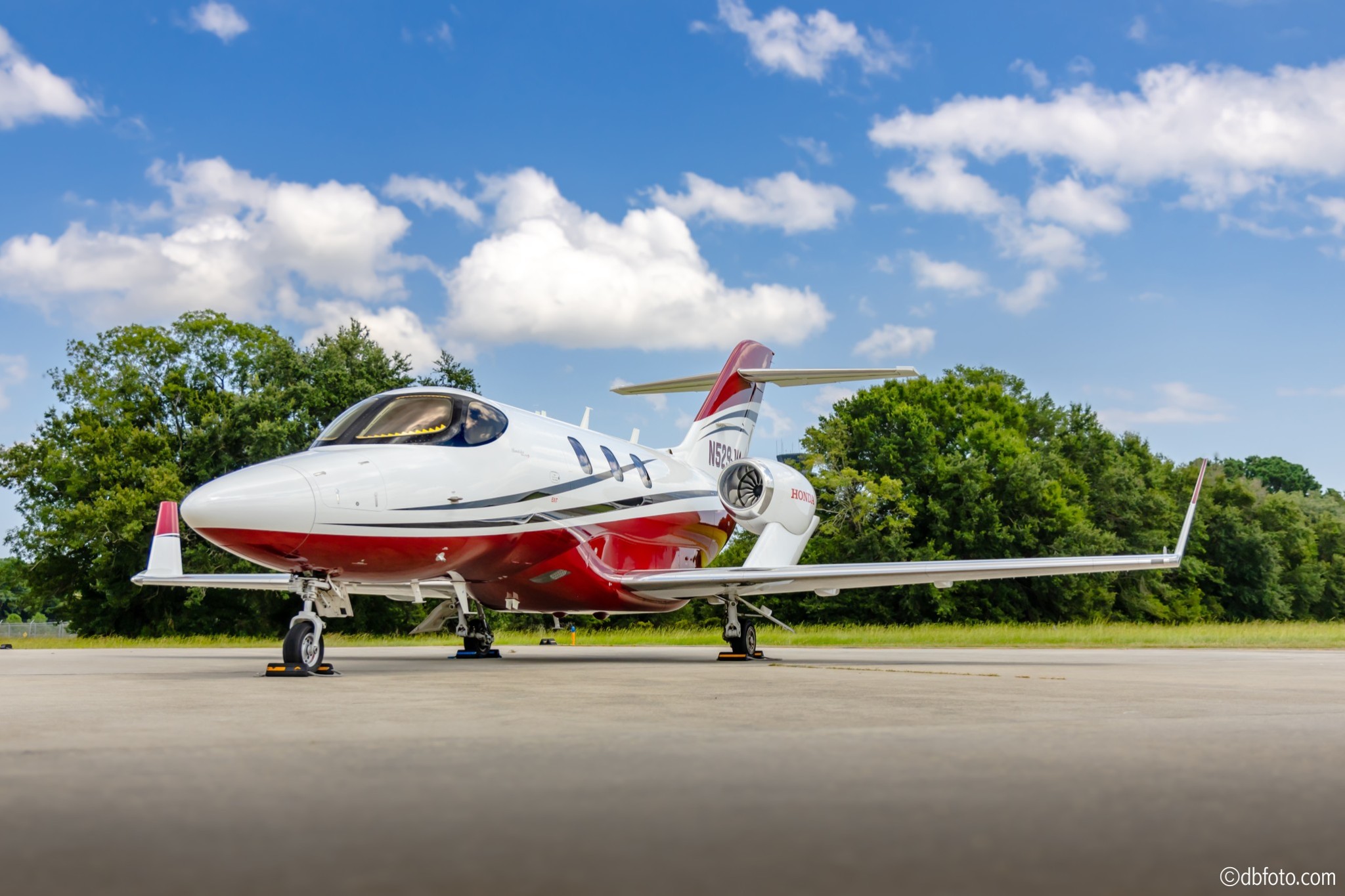
The Rising Costs and Increased Downtimes of Engine Overhauls and HSIs: What it means for you – and your Engine Program
Date
March 14, 2024Author
Gavin Flynt, jetAVIVA Intern, Senior, Embry-Riddle Aeronautical UniversityCosts have been on the rise at an unprecedented rate – making the already expensive endeavor of owning an aircraft even more expensive. Two examples where these rising costs can be seen are Hot Section Inspections (HSIs) and engine overhauls.
An engine overhaul is one of the largest and most expensive aircraft maintenance tasks. During an engine overhaul, the engines are removed from the aircraft, disassembled, inspected, repaired, and then rebuilt. The frequency at which an engine overhaul is necessary is defined by the manufacturer.
Hot Section Inspections are a preventative maintenance inspection that occurs at the halfway point of the time between engine overhauls. During an HSI the condition of several important engine parts is examined. Some are turbine blades, combustion chambers, vane rings, and more. The HSI is an important inspection to ensure the engine stays airworthy and to catch problems before they become more serious and costly.
HSIs and engine overhaul costs have increased drastically from a few years ago. For an engine overhaul on the Pratt and Whitney 545 model engines on the Cessna Citation XL Series, owners used to be able to budget about $1 million per engine as recently as 2019. Owners should now budget closer to $2 million per engine. The increasing cost of parts and other issues have increased the overall cost of engine overhauls and HSIs. Pratt and Whitney historically had seen 5% increases per year in the cost of parts. However, they are now seeing a 12%-13% increase. Honeywell is seeing a similar trend. From 2023 to 2024, the cost of an HSI on the Challenger 300 engines is expected to increase from roughly $900,000 to $1.1 million per engine. Honeywell is expecting an average of 14% increase in the cost of HSIs and engine overhauls from 2023 to 2024. Aircraft owners need to make budget adjustments to account for these monumental cost increases.
The amount of time these inspections are taking has drastically increased as well. Pratt and Whitney has seen an increase from 60 days to 6-9 months for an engine overhaul. Previously when an engine overhaul occurred the customer would be given loaner engines so the aircraft could stay in service while the inspection took place. This is no longer the case. Companies do not have enough loaner engines to give to customers. There are so few loaner engines available that in some cases aircraft have been purchased for the sole purpose of using the engines as loaners. If an owner is not able to get a loaner engine their aircraft will be parked, and inoperable, for those 6-9 months.
The increase in price and time is due to labor and resource shortages that continue to plague the industry well after the pandemic. Between the pandemic and conflicts in Russia and the Middle East, many suppliers have gone out of business. This has led to raw materials becoming limited and in high demand. New companies have tried to fill the market, but the parts have become either faulty or more expensive. When the pandemic hit, many experienced workers took an early retirement package. This has led to a gap in the labor market. There are not enough experienced and qualified workers to replace those who took an early retirement. Part costs and labor shortages have led to increased inspection costs and longer wait times.
There is another factor the industry was not prepared for. Over the last few years, there has been an increase in private aircraft utilization as well. This increase has led to increased flight hours on current aircraft and an increase of previously retired corporate aircraft reentering service. These older aircraft require more frequent and more expensive maintenance. There has also been an increase in flight hours by charter companies. The loaner engines given to the charter companies are being returned with higher hours than they previously would have. This is leading to loaner engines needing HSIs and engine overhauls more often than before, only increasing the inspection backlog and decreasing the number of available loaner engines.
Maintenance is the second largest variable expense when owning an aircraft. Being on an engine program allows the aircraft owner to pay a set rate per flight hour for a specified time period. Engine programs help to bring predictability and reliability to maintenance costs. It spreads the cost out over time, allowing owners to better budget for them. Having an aircraft on an engine program can make it more desirable when the time comes to sell. The aircraft is more desirable because the engine program can be transferred with the aircraft to the new owner. Prospective buyers should purchase an aircraft already on an engine program or get the aircraft on a program as soon as possible after purchase. Being on just any engine program is not enough.
Customers need to be careful when purchasing an airplane with an engine program because not all programs are created equal. Customers need to talk to their maintenance provider to understand any additional cost exposure associated with their program. It is necessary to be educated on and understand the different engine programs, budget for rate increases over the coming years, and stay well ahead of upcoming maintenance events. We recommend our clients start talking to their maintenance providers 18-24 months before a scheduled event to minimize the time their aircraft is parked or possibly get a loaner engine.
Hot Section Inspections and engine overhaul costs are increasing faster than in previous years. The amount of time aircraft owners are without their aircraft is months longer for engine overhauls than in years prior. Some popular engine programs are GE Aviation OnPoint, Honeywell MSP, JSSI Engine Program, Pratt and Whitney ESP, and Rolls-Royce CorporateCare Enhanced. Owners need to combat rising prices and aircraft downtime. Owners should stay educated, get ahead on maintenance, and have their aircraft on an engine program.
Not sure if buying an on- or off-program aircraft is right for you, or how HSIs and overhaul schedules are impacting the current value of your aircraft? We are here to help. The make/model specialists at jetAVIVA are standing by to answer your questions. Contact us today!



